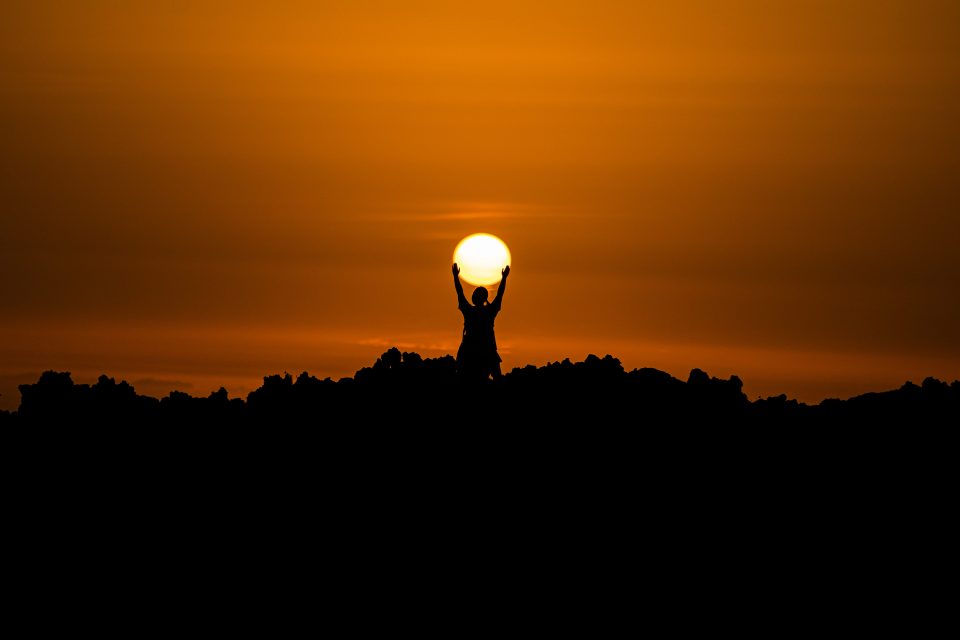Vitamin D is the director of bone density. Minerals such as calcium and phosphorus are located in our bones (Blake, 2019 pp. 244). The “sunshine vitamin” is vitamin D that the human body synthesizes after being exposed to sunlight (244). In short, it promotes healthy bones.
Vitamin D is Activated by Light Traveling Through Space
Overall, vitamin D helps the human body maintain health bones, but where does it come from? The sun naturally emits electromagnetic radiation called UV rays from within the center of our solar system. Traveling from the sun about 90 million miles away, the ultraviolet rays emitted carry through space eventually permeating Earth’s various atmospheres. Though the sky may be overcast, UV rays are present and will penetrate our skin. Starting as a dormant vitamin in our liver, it is released back into the blood, circulated, and then sent to the kidneys as a complete activated form (Office of Dietary Supplements, 2020). Once the activation is complete, it will absorb calcium and phosphorus in the intestinal tract (Blake, 2019). As a result, both mineral levels will be within a healthy range in the blood (2019).
Preventions
There are many ailments when vitamin D is lacking in our bodies. However, surplus of vitamin D can (Office of Dietary Supplements, 2020):
- prevent involuntary muscle contractions such as cramps and spasms
- remodels bone structure and bone cell growth
- reduce inflammation
- treat diabetes, heart disease, autoimmune disease & high blood pressure
Daily Needs
Although this vitamin is triggered by exposure to UV radiation, it is fortified in food! Researchers say that adequate amounts of consuming this vitamin is secured by drinking a tall glass of milk. Also, exposing ourselves to sunlight is simply not enough nourishment. Moreover, these next few points reveal what foods and beverages contain vitamin D (Blake, 2019):
- 2.5 micrograms or 1 cup nonfat fortified milk
- 447 micrograms or 3 oz. cooked salmon
- 100 micrograms or 1 cup Raisin Brand or most cereals
- 107 micrograms or 7 oz. fortified yogurt
Summary
There are numerous sources of food and beverages that offer vitamin D. If we consume too much, we may experience loss of appetite, weight loss, frequent urination, and irregular heart beat (2019). This type of fat soluble vitamin is best consumed naturally with a combination of sun light and fortified foods.
Author: Jamie Moore (senior at Sam Houston State University Pre-Nursing)
References
Blake, J. S. (2019). Nutrition & You (5th Edition) (5th ed.). Pearson.
Office of Dietary Supplements. (2020, October 9). Office of Dietary Supplements – Vitamin D. National Institutes of Health. https://ods.od.nih.gov/factsheets/VitaminD-HealthProfessional/


